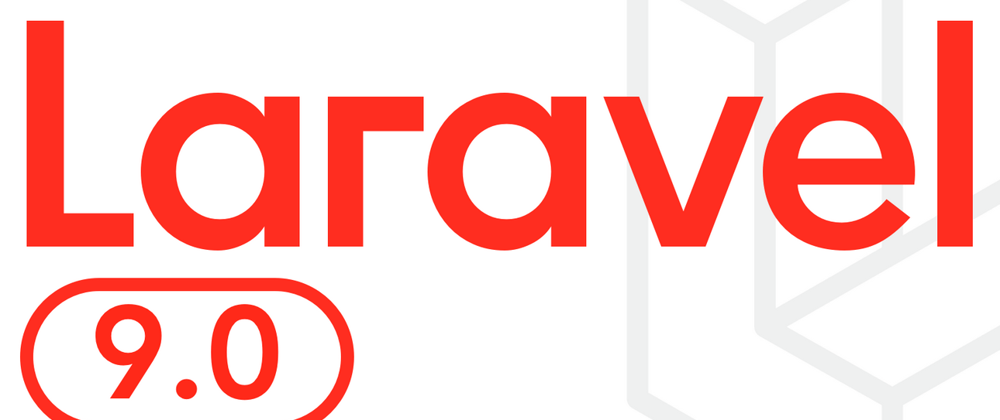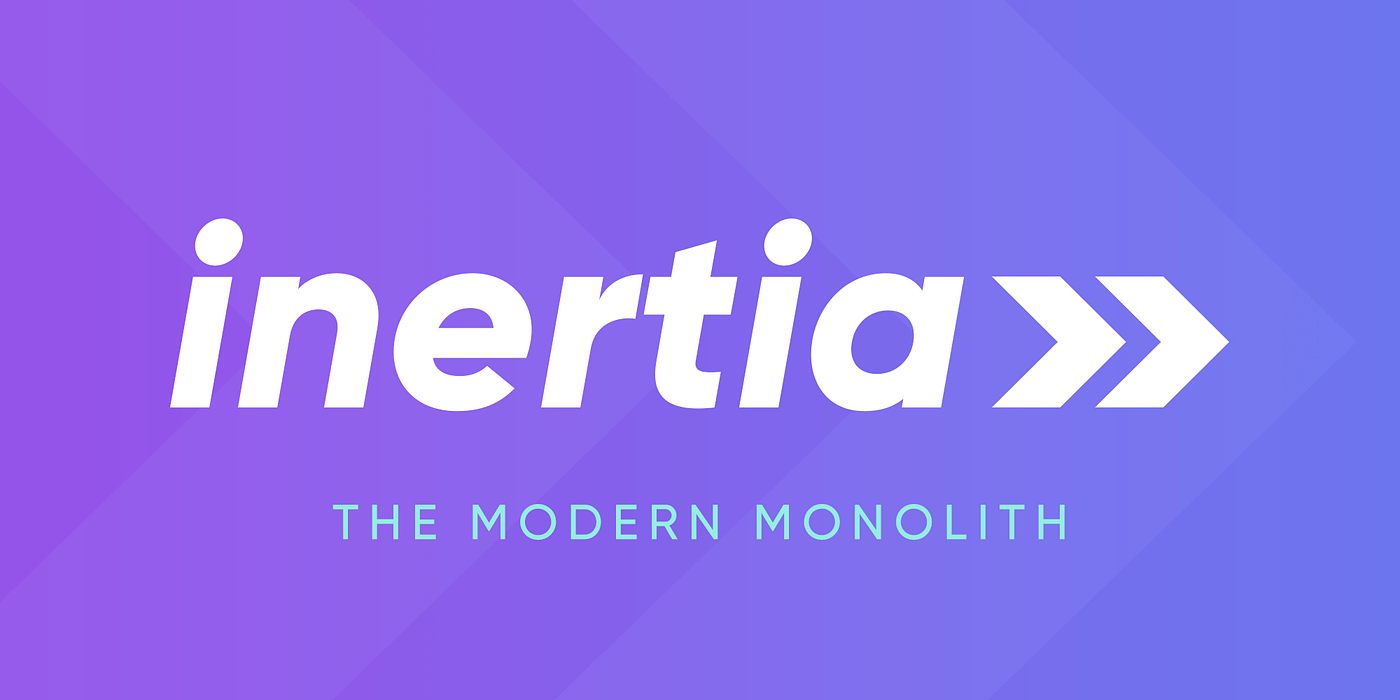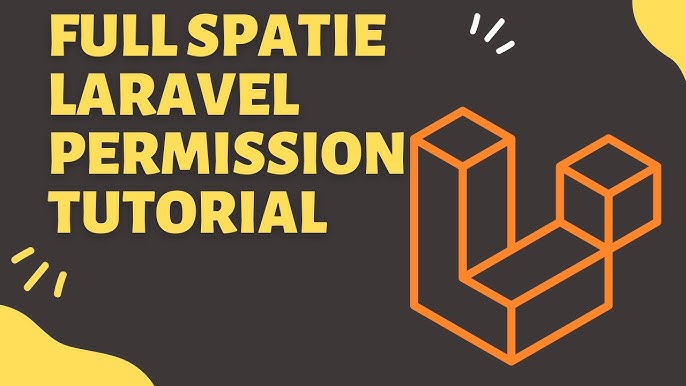What does API Resources mean?
API Resources acts as a transformation layer that sits between our Eloquent models and the JSON responses that are actually returned by our API.
API resources present a way to easily transform our models into JSON responses.
Sample commands for creating the resource class and resource collection using php artisan
create a resource class
$ php artisan make:resource UserResource
create a resource collection using either
$ php artisan make:resource Users collection
$ php artisan make:resource UserCollection
This is the representation of the database api we are gonna create.
Lets start by creating a new laravel app
$ laravel new book reviws api
STEP 1: Create models and migrations
The book reviews API will have three models: User, Book and Rating.
We’ll start by creating the Book model:
$ php artisan make:model Book m
Next, let’s open the migration file generated for the Book model and update the up() method as below:
database/migrations/TIMESTAMP_create_books_table.php
public function up()
{
Schema::create('books', function (Blueprint $table) {
$table >increments('id');
$table >unsignedInteger('user_id');
$table >string('title');
$table >text('description');
$table >timestamps();
});
}
We’ll do the same for the Rating model:
$ php artisan make:model Rating m
Open the migration file generated for the Rating model and update the up() method as below:
database/migrations/TIMESTAMP_create_ratings_table.php
public function up()
{
Schema::create('ratings', function (Blueprint $table) {
$table >increments('id');
$table >unsignedInteger('user_id');
$table >unsignedInteger('book_id');
$table >unsignedInteger('rating');
$table >timestamps();
});
}
Run the the command below to run the migrations:
$ php artisan migrate
Remember to enter your database details in the .env file before running the command above.
STEP 2: Define relationships between models
A user can add as many books as they wish, but a book can only belong to one user. So, the relationship between the User model and Book model is a
one to manyrelationship.
Let’s define that. Add the code below inside the User model:
app/User.php
public function books()
{
return $this >hasMany(Book::class);
}
Next, let’s define the inverse relationship on the Book model:
app/Book.php
public function user()
{
return $this >belongsTo(User::class);
}
Likewise, a book can be rated by various users, hence a book can have many ratings. A rating can only belong to one book. This is also a
one to manyrelationship.
Add the code below in the Book model:
app/Book.php
public function ratings()
{
return $this >hasMany(Rating::class);
}
Then we define the inverse relationship inside the Rating model:
app/Rating.php
public function book()
{
return $this >belongsTo(Book::class);
}
STEP 3: Allowing mass assignment on some fields
To avoid getting the mass assignment error which Laravel will throw by default, we need to specify the columns we want to be mass assigned.
Let’s add the snippet below to our models respectively:
app/Book.php
protected $fillable = ['user_id', 'title', 'description'];
app/Rating.php
protected $fillable = ['book_id', 'user_id', 'rating'];
STEP 4: Defining API routes
Let’s define our routes. Open routes/api.php and add the line below to it:
Route::apiResource('books', 'BookController');
Route::post('books/{book}/ratings', 'RatingController@store');
Since we are building an API, we make use of apiResource() to generate API only routes.
Also, we define a route that will be used to rate a specified book. For instance, /books/53/ratings will be used to rate the book with the ID of 53.
Note:
When building APIs with Laravel, it is recommended to use theapiResource()method while defining resourceful routes, this will generate only API specific routes (index,store,show,updateanddestroy). Unlike when you use theresource()method, which will in addition to generating API specific routes, also generatecreateandeditroutes, which aren’t needed when building an API.
STEP 5: Creating the book resource
Before we move on to create theBooksController, let’s create a book resource class. We’ll make use of the artisan command make:resource to generate a new book resource class. By default, resources will be placed in the app/Http/Resources directory of our application.
$ php artisan make:resource BookResource
Once that is created, let’s open it and update the toArray() method as below:
app/Http/Resources/BookResource.php
public function toArray($request)
{
return [
'id' => $this >id,
'title' => $this >title,
'description' => $this >description,
'created_at' => (string) $this >created_at,
'updated_at' => (string) $this >updated_at,
'user' => $this >user,
'ratings' => $this >ratings,
];
}
As the name suggests, this will transform the resource into an array.
We can access the model properties directly from the $this variable.
Now we can make use of the BookResource class in our controller.
STEP 6: Creating the book controller
Let’s create the BookController. For this, we’ll make use of the API controller generation feature
$ php artisan make:controller BookController api
Next, open it up and paste the following code into it:
app/Http/Controllers/BookController.php
use AppBook;
use AppHttpResourcesBookResource;
// ...
public function index()
{
return BookResource::collection(Book::with('ratings') >paginate(25));
}
public function store(Request $request)
{
$book = Book::create([
'user_id' => $request >user() >id,
'title' => $request >title,
'description' => $request >description,
]);
return new BookResource($book);
}
public function show(Book $book)
{
return new BookResource($book);
}
public function update(Request $request, Book $book)
{
// check if currently authenticated user is the owner of the book
if ($request >user() >id !== $book >user_id) {
return response() >json(['error' => 'You can only edit your own books.'], 403);
}
$book >update($request >only(['title', 'description']));
return new BookResource($book);
}
public function destroy(Book $book)
{
$book >delete();
return response() >json(null, 204);
}
Functionalities:
The index() method fetches and returns a list of the books that have been added.
The store() method creates a new book with the ID of the currently authenticated user along with the details of the book, and persists it to the database. Then we return a book resource based on the newly created book.
The show() method accepts a Book model (we are using route model binding here) and simply returns a book resource based on the specified book.
The update() method first checks to make sure the user trying to update a book is the owner of the book . If the user is not the owner of the book, we return an appropriate error message and set the HTTP status code to 403. Otherwise we update the book with the new details and return a book resource with the updated details.
Lastly, the destroy() method deletes a specified book from the database. Since the specified book has been deleted and no longer available, we set the HTTP status code of the response returned to 204.
STEP 7: Creating the rating resource
Just as we did with the BookResource, we’ll also create a rating resource class:
$ php artisan make:resource RatingResource
Once that is created, let’s open it and update the toArray() method as below:
app/Http/Resources/RatingResource.php
public function toArray($request)
{
return [
'user_id' => $this >user_id,
'book_id' => $this >book_id,
'rating' => $this >rating,
'created_at' => (string) $this >created_at,
'updated_at' => (string) $this >updated_at,
'book' => $this >book,
];
}
Again, we pass along the attributes we want to be converted to JSON when sending the response.
STEP 8: Creating the rating controller
Next, create the RatingController that will make use of the RatingResource:
$ php artisan make:controller RatingController
Next, open it up and paste the following code into it:
app/Http/Controllers/RatingController.php
use AppBook;
use AppRating;
use AppHttpResourcesRatingResource;
// ...
public function store(Request $request, Book $book)
{
$rating = Rating::firstOrCreate(
[
'user_id' => $request >user() >id,
'book_id' => $book >id,
],
['rating' => $request >rating]
);
return new RatingResource($rating);
}
The store() is used to rate a specified book. We are using the firstOrCreate() which checks if a user has already rated a specified book.
We add the user rating to the specified book and persist it to the database. Then we return a rating resource based on the newly added rating.
STEP 9: Getting average rating
The last feature that’s left is getting the average rating made on a book
Add the line of code below to the toArray() method of
app/Http/Resources/BookResource.php
'average_rating' => $this >ratings >avg('rating')
We are using the ratings relationship defined of the Book model to fetch all the ratings that have be made on the specified book.
Then, using collection avg(), we get the average of the ratings.
Passing rating to the avg() function indicates that we want to calculate the average based on the book rating.
Now, whenever the BookResource is used, the response will contain the average rating of the book.
Sample book resource response:
Sample rating resource response:
STEP 10: Handling resource not found
By default when a specified model is not found, Laravel will throw a ModelNotFoundException and renders a 404 page. Since we are building an API, we want to handle the exception and throw an API friendly error message.
Add the code below to the render method of
app/Exceptions/Handler.php
if ($exception instanceof ModelNotFoundException && $request >wantsJson()) {
return response() >json([
'error' => 'Resource not found'
], 404);
}
This checks if the exception thrown is an instance of ModelNotFoundException and the request wants JSON, then we simply return a response with an error message of Resource not found and set the HTTP status code to 404

Don't forget! The API requests will need the header Accept: application/json in postman.








